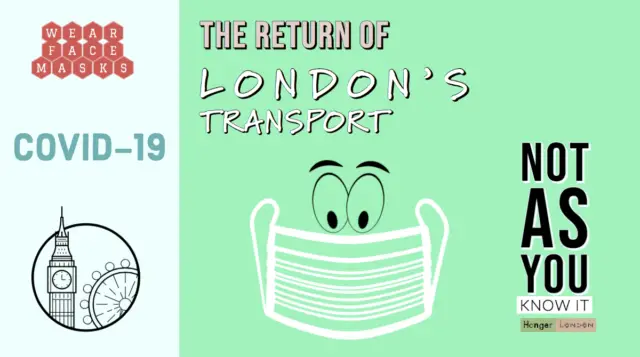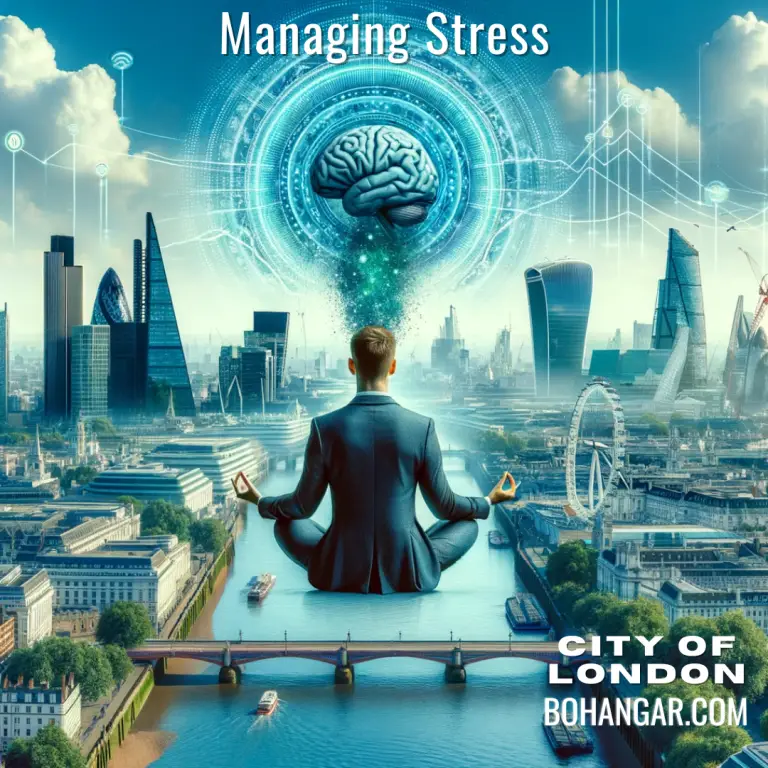Rush hour sort of worked in London once-upon-a-time, the working foot soldiers of the economy ran the Northern line like Han Solo ran the Kessel run, just not in twelve parsecs, the normal for the average tube runner was skipping 4 trains and jumping and squeezing on the 5th. With mandatory face masks and social distancing, are those days gone?
Passengers used to glide the tunnels like bullets with a social distance measured in a few pen strokes not half a car length.
Type of Face Masks and Respirators Standards of Protection
All masks need to be worn before use
- FFP3 – European Standard
- Respirators filter 99% of particles.
- FFP2 respirators are specified to filter 94% of particles.
- The N99 – American Standard
- filters 99% of particles.
- N95
- 95% of particles and is a close equivalent to the FFP2.
- Type IIR – European Standard
- a fluid-resistant surgical mask is the “regular” surgical mask often used in clinical settings.
- Level 2 – American standard
- a fluid-resistant surgical mask is equivalent to the Type IIR.
What is the difference between a mask and a Respirator
Masks are loose-fitting, they tend to be seen as offering one-way protection, containing the wearers coughing and sneezes, with mutual benefit if everyone is wearing a mask. Masks cover the nose and mouth. Respirators form a seal on the face offering protection both with the inflow and outflow of air.
The Reality of 2-meter distancing on London Transport
If all the passengers who used London Victoria Station before COVID-19 returned and maintained a 2-meter gap, the queue would be 285 miles long for its 230,000 daily users.
What are TFL and the Government telling the public now
Transport for London (TFL) provided an update to Londoners early last week on plans to get London up and moving, the Transport Authority is asking the public to wear face masks if travelling on bus or tube and also to its own staff that face-covering should be worn by bus drivers, taxi, private hire, cleaners, and all TFL front-line staff. In achieving this aim, TFL intends to offer all its staff masks and offer the public more hand sanitiser points around the network.
Several days after the TFL announcement, the government appeared to legislate this message with a mandatory requirement to wear face masks from the 15th June to anyone travelling on London Transport bus or tube networks.
Either way–the message is becoming clear that face mask travel is here to stay, for the foreseeable future at least.
exceptions to the face mask covering rule
“There will be exceptions to these rules for very young children, disabled people and those with breathing difficulties.”
Types of PPE TFL are offering staff
The PPE offered to TFL staff cleaners in London bus drivers are non-medical grade face masks if they wish to use these face coverings different from the mass required by phone line and staff.
Types of PPE the government advise the public should use
The government, since the beginning has not been the biggest champion for the public wearing face masks, it has to be said. The science debate of the mask’s effectiveness rolls on against the more black and white reality of there are no stockpiles of masks available for the public. The jury is out on what is driving the messaging, science, or logistics. The big contrast some would say, just look at Singapore or China, who appear to not be tied down in the science debate or seem to have a supply problem.
Significant parts of the government front line machine over the last few months have been doing their work without wearing PPE, which is clear for the public to see. Teams that take the bins off the street to the police keeping law and order, all have been operating with the look and feel of pre-covid-19 times.
PPE for the NHS has been the government’s single biggest challenge. Without the capacity for all the guys and girls who work on the front line during this pandemic, the debate on what the public should do appears to be constrained, mixed, and confusing at the best of times, but now the messaging for Londons transport is
‘Wear a mask/face covering on the transport network’
The new direction this last week from the government is for the public to now wear masks on the transport system. It is mandatory. It comes with an advisory that these masks should not be the medical-grade masks needed by the NHS, more the home-made variety. It appears the supply part of the debate continues to steer the overall debate. To be fair to the government, when has supply and logistics not dictated policy.
What will travelling on London Transport be like
The social distancing of 2 meters remains a reality in London and the country at wide during these times, TFL has made predictions that when the network is running back at 100% capacity its passenger capacity will only be 15% of what it once was. 85% of Londoners need to find an alternative method of travel, use the network off-peak, or do what Londoners do–Que, with a 2-meter gap.
Things will still work, as long as 8 out of 10 use the system at different times or not at all.
Paris Covid-19 strategy a different approach to London
The recommendations put forward by London for transport are not legal requirements, by itself is the single biggest difference between Paris and London, however, the Government had stamped requirements from June 15th. In Paris, the wearing of a face covering is mandatory and has been for a while, to all users of its transport systems. Failure to wear a face mask may cause a fine of €135. Not being critical of messaging, but it seems the French message is clear to understand. No Science debate, no logistics debate, wear a mask or they will fine you.
The difference in approach between the two cities does not stop there. Workers who use the Paris transport system need a letter of permission from their employer explaining the need to be on public transport during the rush hour.
Just how is that going to be managed in London? It seems to be the same approach road planning in the UK has been since the beginning of time, by making two lanes on one side of the traffic lights only for some magic teleporting to take place across the junction for cars to be magically filed in single file on the single lane on the opposite side. It is the automotive version of self-regulation and queuing and the same public acts of self-regulation are being asked for when using London’s Public transport system. Except as in our road traffic analogy, it does not take into account that it does not work smoothly either.
Keep Calm and Carry on
In all this gloom, there is one thing to keep in mind, keep safe in these challenging times, just like challenges from history life will carry on, just not quite as we know it, for now.




